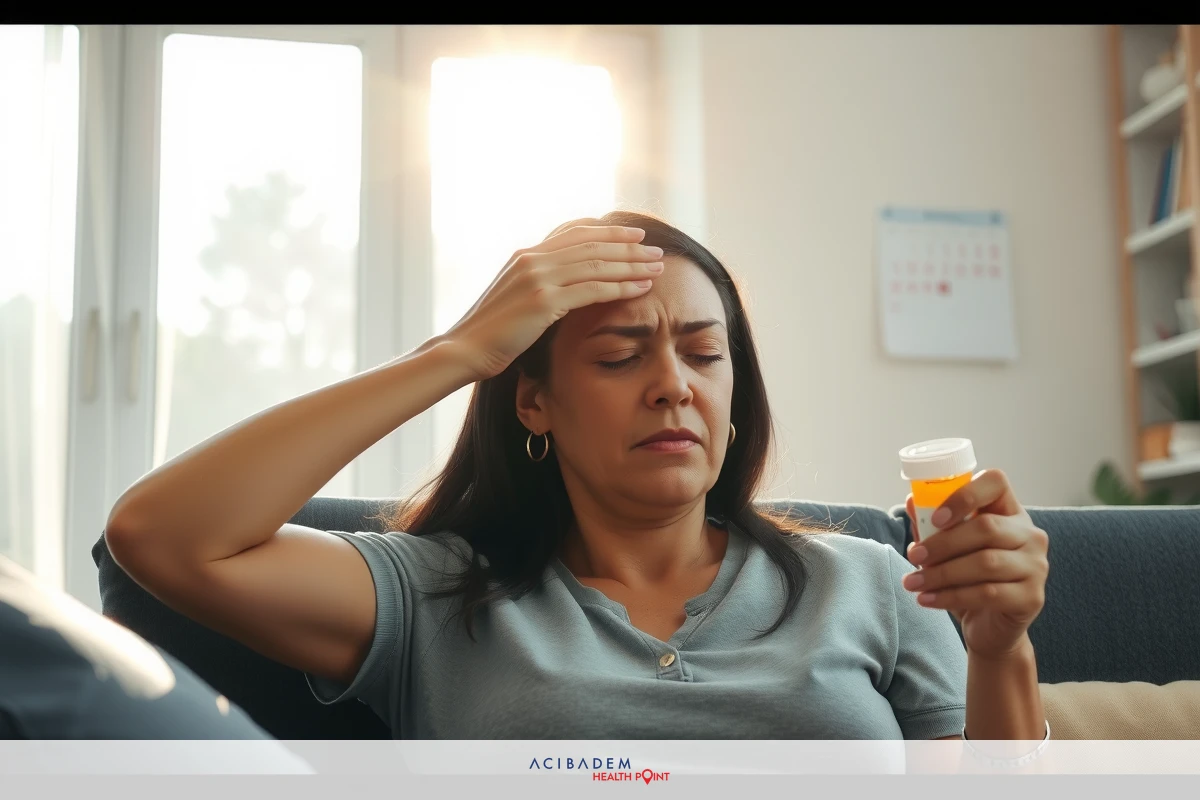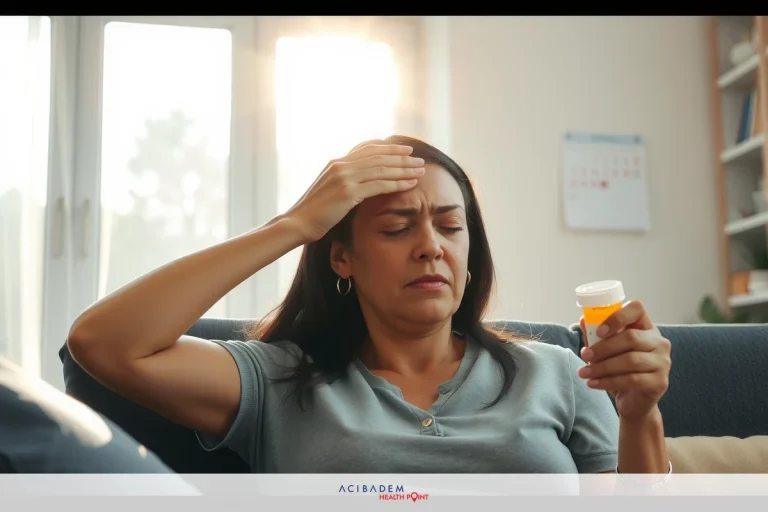Can You Drive After a Rhinoplasty?
Can You Drive After a Rhinoplasty? Post-rhinoplasty patients often wonder about the timeline for resuming their routine activities, including driving. Understandably, navigating daily life post-surgery can pose challenges that require careful consideration and planning. Driving after rhinoplasty is not just about physical capability but also concerns safety on the road.
There are several factors at play when determining one’s readiness to get behind the wheel again – both medical and logistical. These include individual healing rates, side effects of medication prescribed during recovery or discomfort caused by swelling or bruising. While every patient’s experience will vary depending on these factors, it is generally advisable to wait until you feel completely comfortable and alert before considering driving post-rhinoplasty.
When Can You Resume Driving
After undergoing rhinoplasty, one of the first questions that may come to mind is: “When can I start driving again?” It’s a crucial question because resuming driving means regaining independence and getting back to your normal routine. The timeframe for this varies depending on several factors – some are specific to each individual, while others relate directly to the surgery itself.
It’s critical not just from a physical recovery standpoint but also in terms of safety – both yours and others on the road. After all, operating a vehicle requires focus and alertness; attributes that might be temporarily compromised post-surgery due to factors such as discomfort or medication side effects.
You may resume driving once you no longer need prescription pain medications, which often cause drowsiness or impair concentration. Typically, this happens within 1-2 weeks after the procedure but could vary based on your personal healing process and how your body responds post-surgery. Your doctor will provide guidance tailored specifically to you.
There’s more than just medication considerations when resuming driving after rhinoplasty. Recovery also involves dealing with possible physical discomforts like swelling or bruising which could potentially inhibit safe operation of a vehicle until they subside sufficiently.
It’s essential not only for safety reasons but also legal ones since operating motor vehicles under any form of impairment is against law in most jurisdictions globally including those caused by medical procedures like rhinoplasty or their subsequent recovery periods.
Keep these points in mind before deciding if it’s time get behind wheel again after your rhinoplasty surgery! Remember – patience during recovery period isn’t merely about ensuring good results aesthetically; it has significant implications regarding overall health wellbeing too!
Factors to Consider
In the aftermath of a rhinoplasty, evaluating your readiness to resume driving is not purely about timeframes. Several important factors come into play that can influence this decision. Your ability to drive safely after surgery depends on these considerations.
- Pain Medications: Post-surgery pain management often involves prescription medications which may cause drowsiness or reduced concentration – both significant inhibitors for safe driving.
- Physical Comfort: Discomfort like swelling, bruising or general soreness could affect your ability to focus while driving and manage the vehicle controls effectively.
- Mental Alertness: It’s essential to evaluate whether you’re mentally alert enough post-surgery for tasks

The image shows a woman in a gray shirt sitting on a couch, holding a glass of water and a pill bottle. She has her hand to her forehead, looking concerned or distressed. There is a bookshelf in the background. requiring quick decision-making and reflexes, such as driving.
- Doctor’s Guidance: Your surgeon knows your case best; their advice should be paramount in deciding when it would be appropriate for you to get back behind the wheel post-rhinoplasty.
- Legal Implications: Driving under any form of impairment (including those resulting from medical procedures) could have legal consequences besides potential safety risks – something worth bearing in mind during recovery period!
These are just some crucial considerations when contemplating resuming driving after a rhinoplasty surgery – ensuring one’s own safety and that of others should always remain top priority!
Tips for Safe Driving
Once you’ve been given the green light to resume driving after rhinoplasty, it’s crucial to approach this with caution. The recovery period is not just about healing but also ensuring that your return to normal activities is safe and comfortable. Here are some tips specifically designed to aid in a smoother transition back into the driver’s seat post-surgery.
- Take It Slow: Don’t rush back into long drives or complex routes immediately; start small with short, simple trips and slowly increase as comfort allows.
- Avoid Peak Traffic Hours: Less congestion means less stress on the road – an important factor when easing back into driving post-rhinoplasty.
- Stay Hydrated: Keeping hydrated can help manage any residual discomfort from surgery and promote overall well-being while you’re behind the wheel.
- Keep Medication Handy: While painkillers should be avoided before driving, keeping them within reach for use upon arrival at your destination could be helpful if discomfort arises during travel time.
- Listen To Your Body: If something doesn’t feel right or if fatigue sets in while on the road, don’t hesitate to pull over safely and take a break until feeling better again!
Remember, these are merely suggestions aimed at promoting safety during your recovery process – each individual’s experience will vary depending on their personal circumstances! Your doctor’s advice should always take precedence when deciding how best navigate through this particular journey post-rhinoplasty!
Frequently Asked Questions
How long after rhinoplasty can I resume driving?
The typical recommendation is to wait until you're no longer taking prescription pain medications, which generally happens within 1-2 weeks post-surgery. However, this timeframe can vary depending on individual factors such as personal healing rates and how your body responds to the surgery.
What factors should I consider before resuming driving?
Key considerations include whether you've stopped using pain medications that could impair concentration or cause drowsiness, your physical comfort level while operating a vehicle, mental alertness for quick decision-making tasks required in driving, guidance from your surgeon specific to your case and any potential legal implications related to impaired driving.
Are there tips for easing back into driving after recovery?
Start with short, simple drives and gradually increase distance and complexity as comfort allows. Stay hydrated during travel time; keep medication handy for use upon arrival at destination if discomfort arises during journey. Avoid peak traffic hours initially if possible - less congestion means less stress on road!
Should I consult my doctor before deciding when it's safe to drive again post-rhinoplasty?
Absolutely! Your surgeon knows your case best – their advice should be paramount in making decisions about when it would be appropriate for you to get back behind wheel following rhinoplasty.











